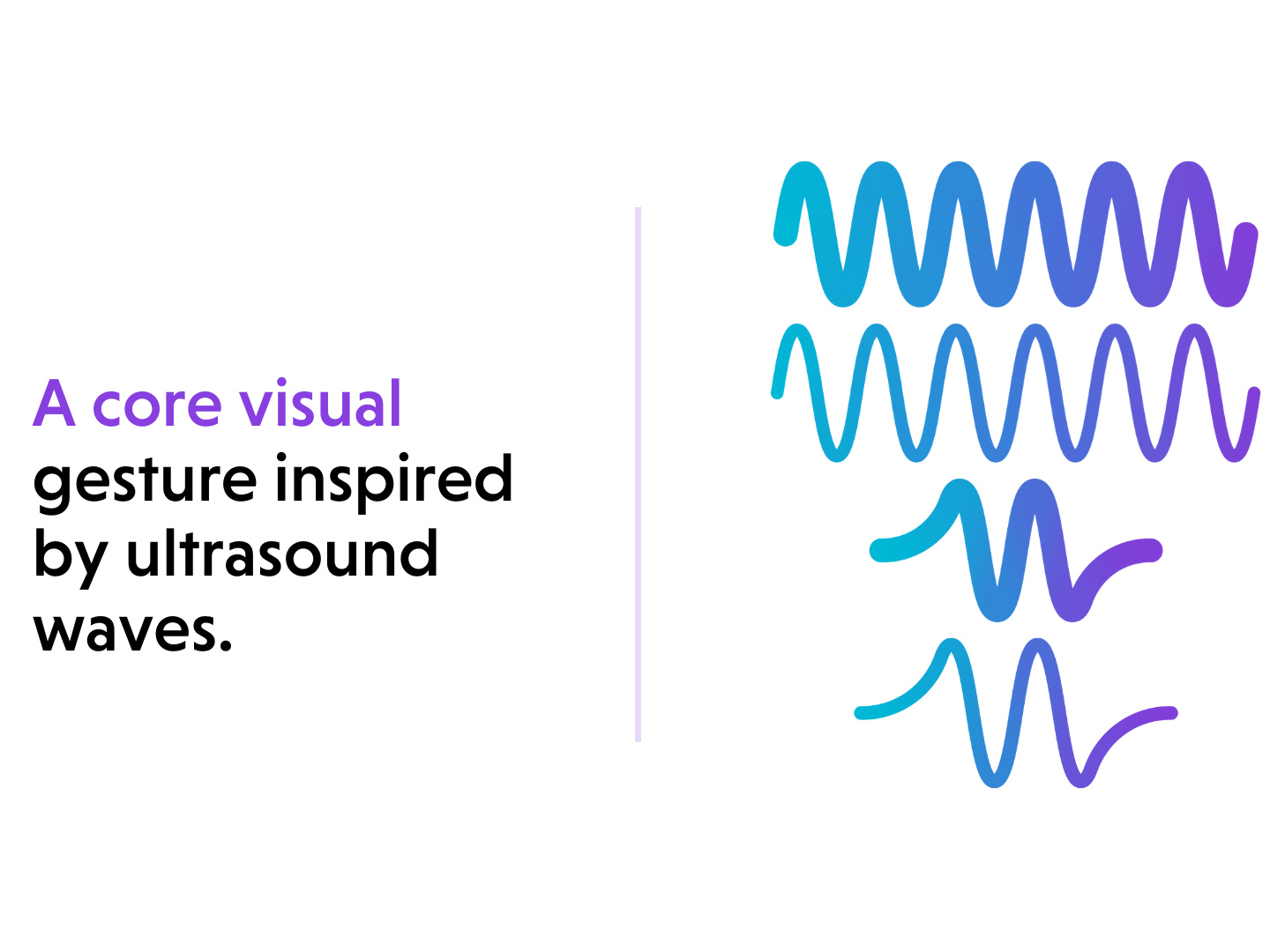The transformation of healthcare is creating many benefits for both patients and clinicians, including:
- Delivering quicker access to patient data
- Removing physical barriers to care and communication
- Empowering patients to take a more active role in their health
Enhanced technology leads to the necessity for more expertise and new capabilities; for clinicians and IT teams it can feel like there is always another escalated strategy to implement, another manufacturing update, a new portable device or application to connect, another system to learn, and even more integrations to ensure.
“The largest challenge the healthcare industry faces when it comes to adopting new technology is the initial error rate. Generally, new technological products require iteration before they’re sufficiently reliable. This iterative process can be painful, potentially resulting in inaccurate predictions and inappropriate recommendations.” (Forbes Technology Council)
As new applications, digital tools, and Health Information Systems are innovated, disparate network structures and piecemeal solutions take a toll on user experiences and operational processes.
Think of the slow, frustrating rise of the Electronic Health Record and the difficulties of interoperability that have had massive impacts on data sharing capabilities and patient and clinician experiences. Innovation is key, but how can administrations and IT professionals ensure they are filling in gaps as technology advances throughout healthcare?
While standardization is strategized and best practices become more widely understood and utilized, technical support resources have become one of the top gauges for reliable usage and adoption.
Two of the main focuses in effective Health Information Technology are to ensure:
Correct Usage: Clinicians are able to input and access all data accurately and timely, capturing patient records and reporting visit information.
Proper Data Flow: Data is managed seamlessly through interconnected systems — transferred and stored securely in the right systems in the right format.
Proper IT support is a major factor in achieving these goals. With access to reliable support from an experienced team:
- Clinicians are onboarded to technology and receive the proper training to feel confident in all features and tools. Any technical issues or questions are addressed in a helpful and timely manner by the support team.
- Systems are built to meet the unique interoperability requirements of the organization. All needed upgrades and incoming system integrations are securely developed and addressed by the support team.
When the daily stress of a clinician’s workflow is exacerbated by a potential bug or an error, do they know who to call? Do they have access to resources to fix the problem promptly? How much will it affect their daily productivity? What impact will it have on the quality of patient care they can provide? Or is that error something that would have been prevented with proper maintenance and upgrades?
A professional, helpful support team alleviates these burdens and helps clinicians meet innovation with confidence.
As Dr. Porter said in his success story, “medicine is changing all the time.” In order to adapt, It’s the responsibility of the healthcare organization to ensure that they are partnering with reliable organizations that provide technology support.
To learn how we partner with customers to provide expert IT support from implementation to beyond, request a demo.



